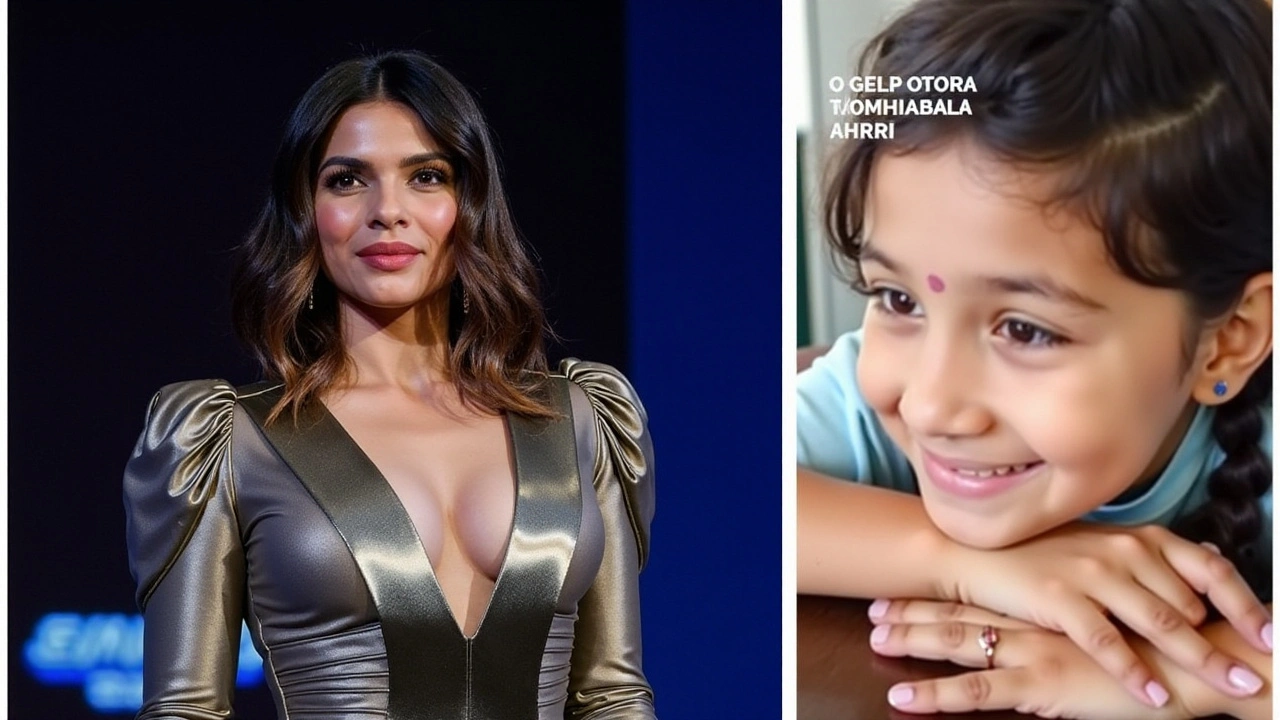Deepfake News & Insights: What’s Happening with AI‑Generated Media?
Ever watched a video and wondered if it’s real? You’re not alone. Deepfake tech is getting so good that even experts sometimes get tricked. On this page we break down the latest deepfake stories, why they matter, and how you can protect yourself from fake content.
How Deepfakes Are Made
At its core, a deepfake is a video or audio clip created with artificial intelligence. Developers feed a neural network thousands of images of a face, then let the model learn how that person moves, smiles, and speaks. The result? A convincing clip that can make anyone appear to say or do things they never did. Tools like FaceSwap, DeepFaceLab, and newer cloud services have lowered the barrier, so hobbyists can now generate realistic footage in a weekend.
Why Deepfakes Are a Big Deal
First, they fuel misinformation. A political leader shown delivering a controversial speech that never happened can stir unrest in minutes. Second, they threaten personal privacy—celebrity faces are often misused in pornographic videos, causing real harm. Third, they impact businesses; a fake CEO endorsement can sway stock prices or damage brand trust.
Cases we’ve seen lately include a fabricated interview with a famous football star that sparked a social‑media frenzy, and a synthetic audio clip of a world leader announcing a surprise policy change. Both were quickly debunked, but the damage to public confidence was already done.
So, what can you do? Start by checking the source: reputable news sites usually add a note when a video is verified. Look for visual glitches—odd lighting, mismatched shadows, or blurry edges around the mouth. Listen for mismatched audio—if the voice sounds off‑beat, it might be synthetic. There are also free tools online that analyze a video’s frame‑by‑frame consistency to flag potential deepfakes.
Governments and tech companies are racing to keep up. Some social platforms now run AI detectors that automatically label suspicious content. Researchers are developing watermarking techniques that embed a subtle digital signature in authentic videos, making it easier to spot fakes later on.
Remember, not every impressive video is a deepfake, but a healthy dose of skepticism helps. If something seems too sensational to be true, double‑check before you share. By staying informed and using simple detection tricks, you can help curb the spread of fake media.
Stay tuned to this page for fresh deepfake stories, expert interviews, and practical guides on spotting synthetic media. The more we know, the harder it is for deepfakes to slip through the cracks.

17
Sep
AI-generated videos of US leaders like Trump and Harris singing Chinese songs are going viral on Chinese social media. These digitally constructed clips are popular on platforms like Douyin, showcasing US politicians seemingly singing in perfect Mandarin. Despite their artificial nature, the videos illustrate a cultural confidence among Chinese netizens amidst US-China tensions.
Read More
